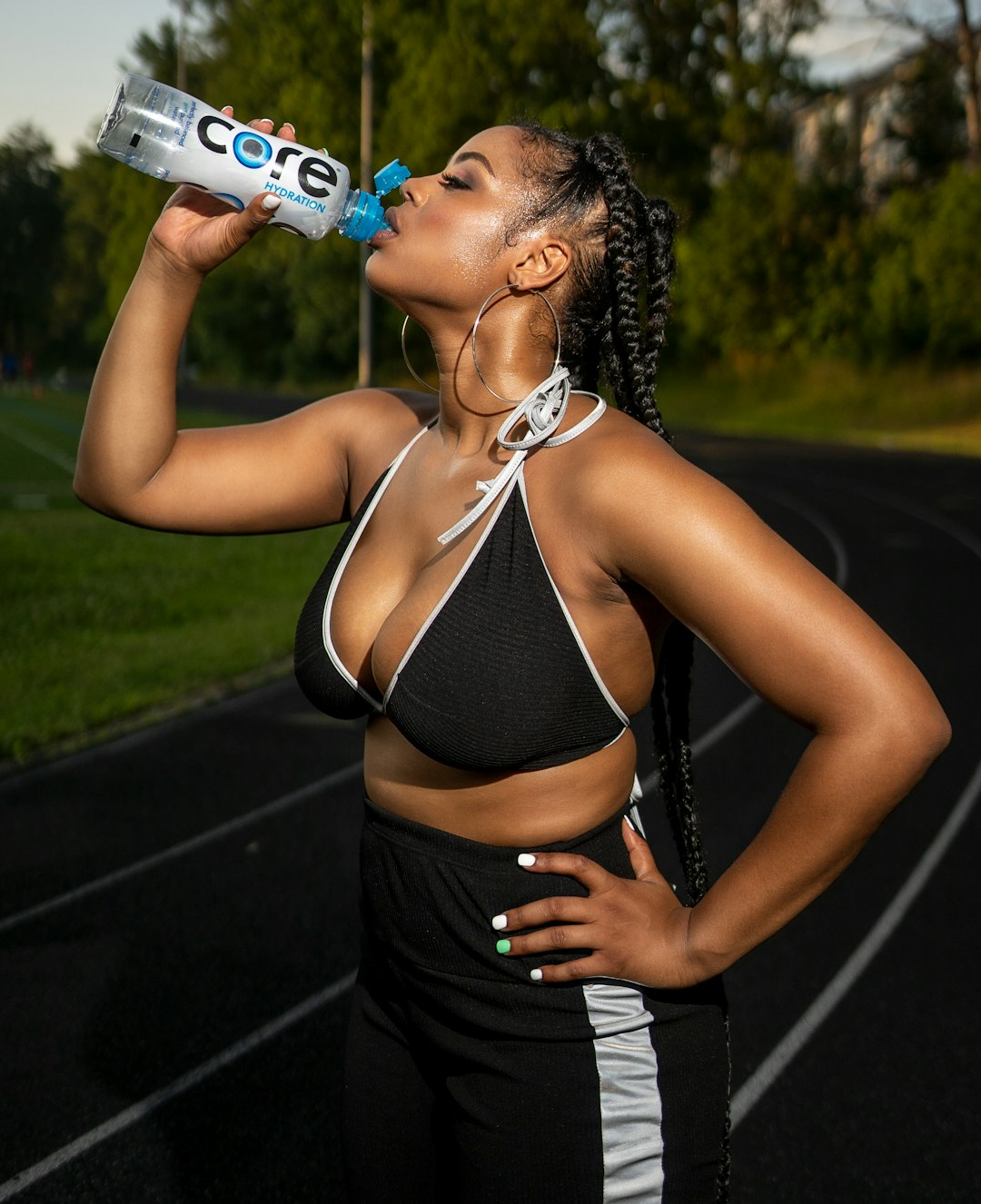College basketball is a highly demanding sport that places significant physical and mental stress on student-athletes. Games are fast-paced, and practices strenuous, making injury prevention not only a medical priority but an academic and financial one for universities. Understanding the science behind injury prevention is essential for coaches, trainers, and players alike to ensure optimal performance and longevity.
The Unique Physical Demands of College Basketball
The average college basketball player performs repeated explosive movements—jumps, sprints, stops, and direction changes—all of which stress muscles, joints, and connective tissues. These dynamic movements, executed on hardwood courts, can increase the risk of injury if not properly managed. Common injuries among players include:
- Ankle sprains – due to rapid directional changes and jumping
- Knee injuries (e.g., ACL, meniscus) – often from landing or deceleration
- Hamstring and groin strains – related to overuse and fatigue
- Stress fractures – from increased training loads and insufficient recovery
Recognizing these risks helps trainers target prevention strategies effectively.
Biomechanics and Movement Screening
The foundation of injury prevention lies in biomechanics—the study of body movement. Through advanced motion capture and functional movement screening (FMS), practitioners can pinpoint mechanical weaknesses or imbalances that predispose athletes to injury. For example, an overpronating foot can affect knee alignment, increasing the risk of ACL injuries.
Colleges now utilize motion analysis software and force plates to assess players’ jumping and landing mechanics. Evaluating these movements helps tailor corrective exercises that align with each athlete’s physical needs.
The Role of Strength and Conditioning
Strength training is more than just building muscle—it fortifies the body’s ability to withstand the physical demands of the sport. A comprehensive conditioning program for college basketball players includes:
- Core stability: Improves balance, posture, and injury resilience
- Lower body strength: Reduces stress on knees and ankles, essential for jumping and landing
- Plyometrics: Trains explosive power while enhancing neuromuscular control
- Mobility exercises: Maintains joint range of motion and reduces stiffness
Programs are typically periodized to allow for peak performance during the competitive season while minimizing overtraining and fatigue—a significant factor in injury occurrence.
Nutrition and Recovery Science
Injury prevention extends beyond physical training. Nutrition and recovery are pivotal to maintaining tissue health and supporting growth. Student-athletes often face nutrition challenges due to busy schedules and high activity levels. Suboptimal intake of macronutrients and micronutrients may impair recovery and increase injury risk. Key elements include:
- Protein: Supports muscle repair and regeneration
- Calcium and Vitamin D: Essential for bone health and stress fracture prevention
- Hydration: Crucial for muscle elasticity and cognitive performance
Recovery strategies—such as sleep optimization, massage therapy, and compression—aid muscle repair and reduce fatigue, decreasing the risk of overuse injuries.

Load Management and Data Tracking
Modern injury prevention also relies heavily on data-driven load management. Technologies like wearable GPS units and heart rate monitors allow strength coaches to monitor effort, intensity, and overall workload during both practices and games. By identifying spikes in activity levels, coaching staff can adjust training to avoid overexertion and allow for proper recovery.
Moreover, subjective wellness surveys and regular team screenings help detect signs of fatigue, sleep disturbances, or muscle soreness early—preempting injury before it occurs.
Mental Health and Performance Psychology
In recent years, the mental wellness of athletes has gained overdue attention. Psychological stress can manifest physically, weakening the immune system and impairing neuromuscular efficiency. Integrating sports psychology into a holistic injury prevention plan is now considered best practice. Stress-reducing techniques such as mindfulness, visualization, and cognitive behavioral therapy can contribute to physical resilience.
Conclusion
In college basketball, the stakes are high—athletically and academically. A serious, science-backed approach to injury prevention combines biomechanics, strength training, nutritional science, load monitoring, and mental well-being. By focusing on these areas, programs not only reduce the frequency and severity of injuries but also promote athletic development and long-term success on and off the court.



